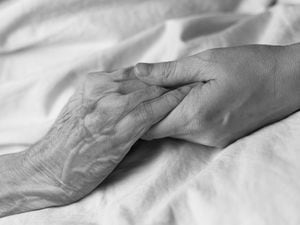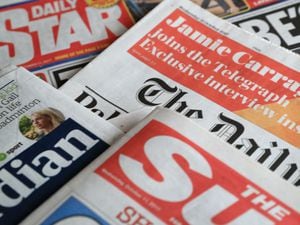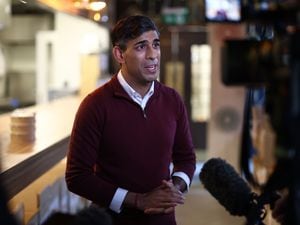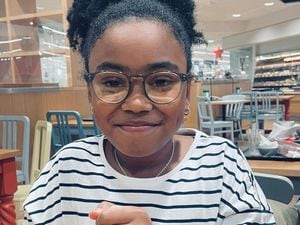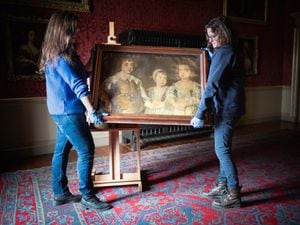Shotgun killer says wrong man convicted alongside him for murder
Darryl Dickens, who was jailed for a minimum of 30 years in 2012 for murder, is appealing his conviction.
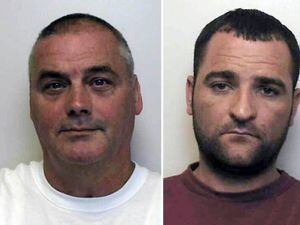
A hitman who killed a father-of-two with a sawn-off shotgun has told a court that the wrong man was convicted alongside him for murder.
David Harrison is serving a life sentence with a minimum term of 37 years for shooting dead 27-year-old Richard Deakin at his home in Chasetown, Staffordshire, in July 2010.
His “getaway driver”, 42-year-old Darryl Dickens, was also jailed for life with a minimum of 30 years after being found guilty of the murder at Birmingham Crown Court in 2012.
But Dickens is now challenging his conviction following the disclosure of new information which suggests someone else may have driven the getaway vehicle, his barrister David Bentley QC told the Court of Appeal.
During a two-day hearing in London, which concluded on Thursday, contract killer Harrison said Dickens did not drive him to or from the scene of the murder.
Giving evidence via videolink, he said Dickens “was the last man I would have taken with me”.
Asked by Mr Bentley if he would name the person who did drive him, Harrison said: “No”, adding: “It has nothing to do with this. Anyone else who was involved, I will not name.”
During his six-week trial in 2012, Harrison, who was 62 at the time and described by prosecutors as a “professional hitman”, denied killing Mr Deakin.
The victim was shot in the chest and leg as he lay in bed – just minutes after his fiancee had left with their two daughters for the morning school run.
When asked during the Court of Appeal hearing on Wednesday if he had shot Mr Deakin, Harrison said “yes”.
In written submissions, Mr Bentley said Harrison – who requested to speak with police while in prison – stated during two interviews with officers in 2015 that Dickens was “innocent” and “was not the driver” of the car.
Mr Bentley said intelligence reports – disclosed after the trial – also “make it clear” that sources were “pointing to” another man as the driver of the black Vauxhall Corsa which Harrison left in.
That same man “bore a striking resemblance” to Dickens, he said.
Dickens, formerly of Powell Place in Bilston, Wolverhampton, was picked out by Mr Deakin’s partner during an identification parade held almost one year after the murder.
She said she had seen the driver of the Corsa as it went past her home on the day of the incident.
But Mr Bentley said it was an “identification made after a very short period of observation, through the rear side window of a car.”
He added: “The central plank of evidence, the identification one year after seeing the driver for approximately two seconds through a back side window, cannot bear the weight the (Crown Prosecution Service (CPS)) place upon it.”
Michael Burrows QC, for the CPS, said in his written submissions that Mr Deakin’s partner had “particular cause to remember the face of the driver she saw”.
He added that Harrison gave “false information” at trial.
Mr Burrows said: “(Harrison’s) evidence is not capable of belief. It is from someone connected to Darryl Dickens.
“It is from a man who lacks credibility, who has told lies in this case and who has no satisfactory explanation for not previously helping (Dickens) with alibi witnesses.”
Lord Justice Fulford, Mr Justice Edis and Mr Justice Saini will give their ruling on the appeal at a later date.

